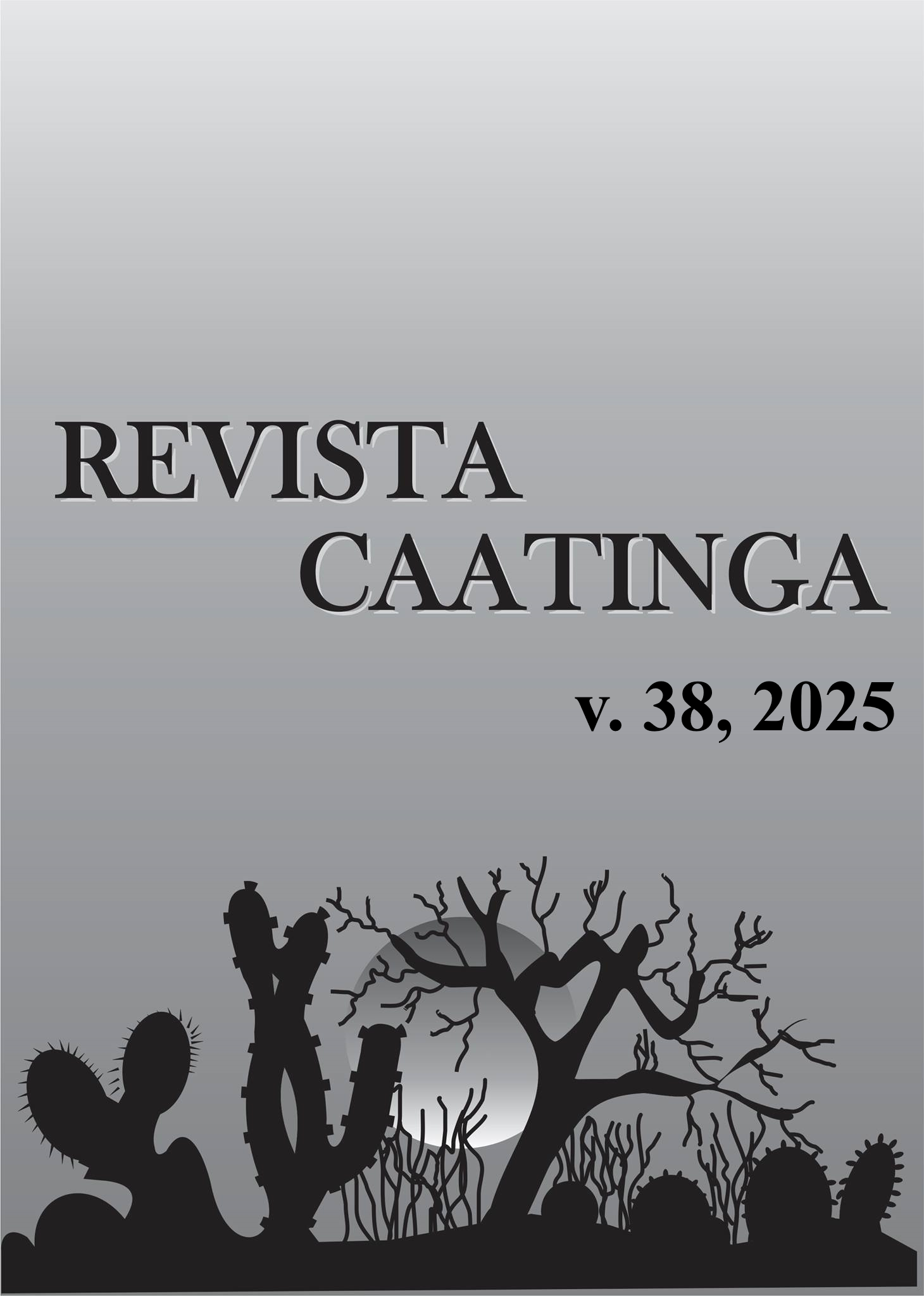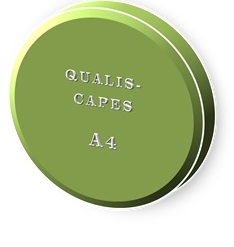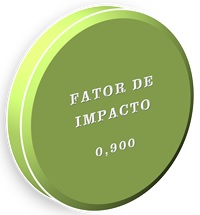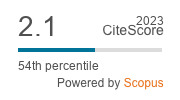Density of photosynthetically active photons and its influence on the physiological aspects of Alternanthera brasiliana
DOI:
https://doi.org/10.1590/1983-21252025v3812965rcKeywords:
Amaranthaceae. Gas exchange. Chlorophyll fluorescence. Light intensity. Photosynthesis.Abstract
The photosynthetically active photon flux density plays a crucial role in regulating the photosynthetic performance and physiological processes of plants. However, its influence on the physiological aspects of Alternanthera brasiliana is not yet well understood. In this perspective, this study aimed to investigate the effects of different photon flux densities on gas exchange and chlorophyll a fluorescence and to identify the PPFD that promotes greater CO2 assimilation and increased electron transport rate in A. brasiliana. The experimental design was completely randomized, with six replications. The treatments consisted of photosynthetically active photon flux densities (0, 25, 50, 75, 100, 125, 150, 175, 200, 400, 600, 800, 1,000, 1,200, 1,400, 1,600, 1,800, and 2,000 μmol m-2 s-1) evaluated at three times of the day (8:00 a.m., 12:00 p.m. and 4:00 p.m.). The physiological processes of A. brasiliana exhibited significant variations in response to photon flux density and environmental conditions throughout the day. An increase in PPFD to 2,000 µmol m⁻² s⁻¹, observed at 8 a.m., resulted in the maximization of gas exchange and chlorophyll a fluorescence variables. At 12 p.m., a period characterized by the highest temperature (35.01 °C) and lowest relative humidity (44.95%), a PPFD of 1,800 µmol m⁻² s⁻¹ promoted higher CO₂ assimilation and an increase in the electron transport rate. These findings highlight the crucial role of photon flux density in regulating the physiological processes of the species.
Downloads
References
ALENCAR FILHO, J. M. T. et al. Flavonoid enriched extract of Alternanthera brasiliana with photoprotective effect: Formulation development and evaluation of quality. Industrial Crops and Products, 149: 112371, 2020.
ALVARES, C. A. et al. Köppen’s climate classification map for Brazil. Meteorologische Zeitschrift, 22: 711-728, 2013.
AMMAR, A. et al. Seasonal variation of fig tree (Ficus carica L.) physiological characteristics reveals its adaptation performance. South African Journal of Botany, 132: 30-37, 2020.
BALIGAR, V. C. et al. Impact of ambient and elevated [CO2] in low light levels on growth, physiology and nutrient uptake of tropical perennial legume cover crops. Plants, 10: 1-18, 2021.
CLIMATE-DATA.ORG. Clima. 2023. Available at: <https://pt.climate-data.org/america-do-sul/brasil/rio-grande-do-norte/mossoro-4448/>. Access on: Jun. 29, 2024.
COÊLHO, E. S. et al. Abiotic factors and photosynthetically active photon density affect the physiological mechanisms of jaboticaba. Revista Brasileira de Engenharia Agrícola e Ambiental, 27: 317-326, 2023.
DING, J. et al. Effect of vapor pressure deficit on the photosynthesis, growth, and nutrient absorption of tomato seedlings. Scientia Horticulturae, 293: 110736, 2022.
FAUSET, S. et al. Contrasting responses of stomatal conductance and photosynthetic capacity to warming and elevated CO2 in the tropical tree species Alchornea glandulosa under heatwave conditions. Environmental and Experimental Botany, 158: 28-39, 2019.
FERNANDES, E. T.; CAIRO, P. A. R.; NOVAES, A. B. Physiological responses of eucalyptus clones grown in a greenhouse under water deficit. Ciência Rural, 45: 29-34, 2015.
HAN, L. J. et al. The protective role of non-photochemical quenching in PSII photo-susceptibility: A case study in the field. Plant and Cell Physiology, 64: 43-54, 2023.
JARDIM, A. M. R. F. et al. Genotypic differences relative photochemical activity, inorganic and organic solutes and yield performance in clones of the forage cactus under semi-arid environment. Plant Physiology and Biochemistry, 162: 421-430, 2021.
KALAJI, H. M. et al. Frequently asked questions about chlorophyll fluorescence, the sequel. Photosynthesis Research, 132: 13-66, 2017.
KIMM, H. et al. Redefining droughts for the U.S. Corn Belt: The dominant role of atmospheric vapor pressure deficit over soil moisture in regulating stomatal behavior of maize and soybean. Agricultural and Forest Meteorology, 287: 107930, 2020.
LAI, Y. H. et al. Photosynthetic responses of Eulophia dentata, Bletilla formosana, and Saccharum spontaneum under various photosynthetic photon flux density conditions. Photosynthetica, 60: 539-548, 2022.
LUO, X.; KEENAN, T. F. Global evidence for the acclimation of ecosystem photosynthesis to light. Nature Ecology & Evolution, 4: 1351-1357, 2020.
MOUSAVI, S. S.; KARAMI, A.; MAGGI, F. Photosynthesis and chlorophyll fluorescence of Iranian licorice (Glycyrrhiza glabra L.) accessions under salinity stress. Frontiers in Plant Science, 13: 1-19, 2022.
R DEVELOPMENT CORE TEAM. R: a language and environment for statistical computing. Vienna: R Foundation for Statistical Computing, 2024.
REIS, A. et al. Light quality on the in vitro growth and production of pigments in the genus Alternanthera. Journal of Crop Science and Biotechnology, 18: 349-357, 2015.
RIBEIRO, J. E. S.; COÊLHO, E. S. Factores abióticos sobre aspectos ecofisiológicos de Handroanthus impetiginosus y Handroanthus serratifolius. Bosque, 42: 121-129, 2021.
RIBEIRO, J. E. S. et al. Climatic variation on gas exchange and chlorophyll a fluorescence in Tabebuia roseoalba and Handroanthus heptaphyllus (Bignoniaceae). Brazilian Archives of Biology and Technology, 65: e22210338, 2022a.
RIBEIRO, J. E. S. et al. Morphophysiological aspects of Erythroxylum pauferrense Plowman seedlings submitted to shading. Ciência Florestal, 32: 395-416, 2022b.
RIBEIRO, J. E. S. et al. Seasonal ecophysiological dynamics of Erythroxylum pauferrense in an open ombrophilous forest of the Brazilian Atlantic Forest. Climate, 12: 1-21, 2024.
SANTOS, V. R. S. et al. Análises fisiológicas e morfoanatômicas de Cenostigma macrophyllum TUL. (Fabaceae) submetida a diferentes concentrações de glifosato. Revista Ibero Americana de Ciências Ambientais, 11: 159-173, 2020.
SHAFIQ, I. et al. Crop photosynthetic response to light quality and light intensity. Journal of Integrative Agriculture, 20: 4-23, 2021.
SMITH, N. G.; KEENAN, T. F. Mechanisms underlying leaf photosynthetic acclimation to warming and elevated CO2 as inferred from least-cost optimality theory. Global Change Biology, 26: 5202-5216, 2020.
STEEL, R. G.; TORRIE, J. H. Principles and procedures of statistics: a biometrical approach. 2. ed. New York, NY: McGraw Hill, 1980. 633 p.
VISHNUPRADEEP, R. et al. Plant growth promoting bacteria improve growth and phytostabilization potential of Zea mays under chromium and drought stress by altering photosynthetic and antioxidant responses. Environmental Technology & Innovation, 25: 1-12, 2022.
WANG, Y. et al. Stomata conductance as a goalkeeper for increased photosynthetic efficiency. Current Opinion in Plant Biology, 70: 102310, 2022.
YANG, F. et al. Low red/far-red ratio as a signal promotes carbon assimilation of soybean seedlings by increasing the photosynthetic capacity. BMC Plant Biology, 20: 1-12, 2020.
Downloads
Published
Issue
Section
License
Os Autores que publicam na Revista Caatinga concordam com os seguintes termos:
a) Os Autores mantêm os direitos autorais e concedem à revista o direito de primeira publicação, com o trabalho simultaneamente licenciado sob a Licença Creative Commons do tipo atribuição CC-BY, para todo o conteúdo do periódico, exceto onde estiver identificado, que permite o compartilhamento do trabalho com reconhecimento da autoria e publicação inicial nesta revista, sem fins comerciais.
b) Os Autores têm autorização para distribuição não-exclusiva da versão do trabalho publicada nesta revista (ex.: publicar em repositório institucional ou como capítulo de livro), com reconhecimento de autoria e publicação inicial nesta revista.
c) Os Autores têm permissão e são estimulados a publicar e distribuir seu trabalho online (ex.: em repositórios institucionais ou na sua página pessoal) a qualquer ponto antes ou durante o processo editorial, já que isso pode gerar alterações produtivas, bem como aumentar o impacto e a citação do trabalho publicado (Veja O Efeito do Acesso Livre).







